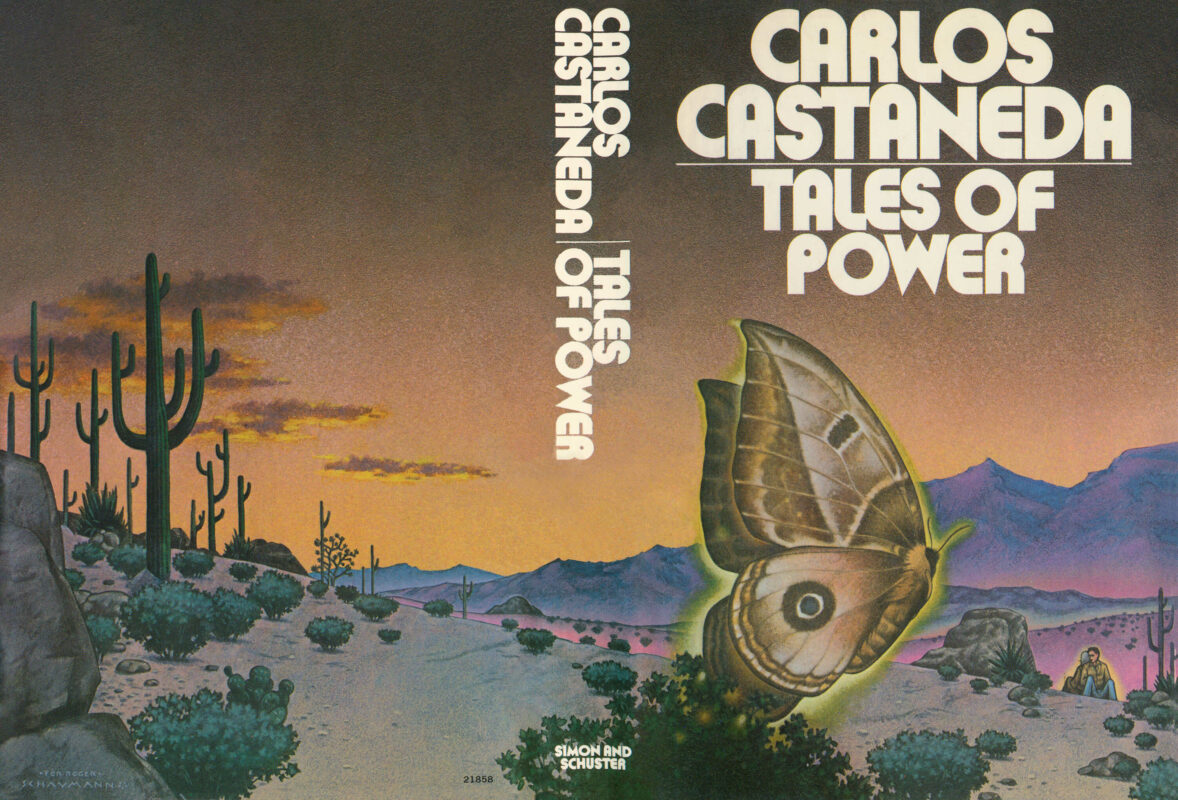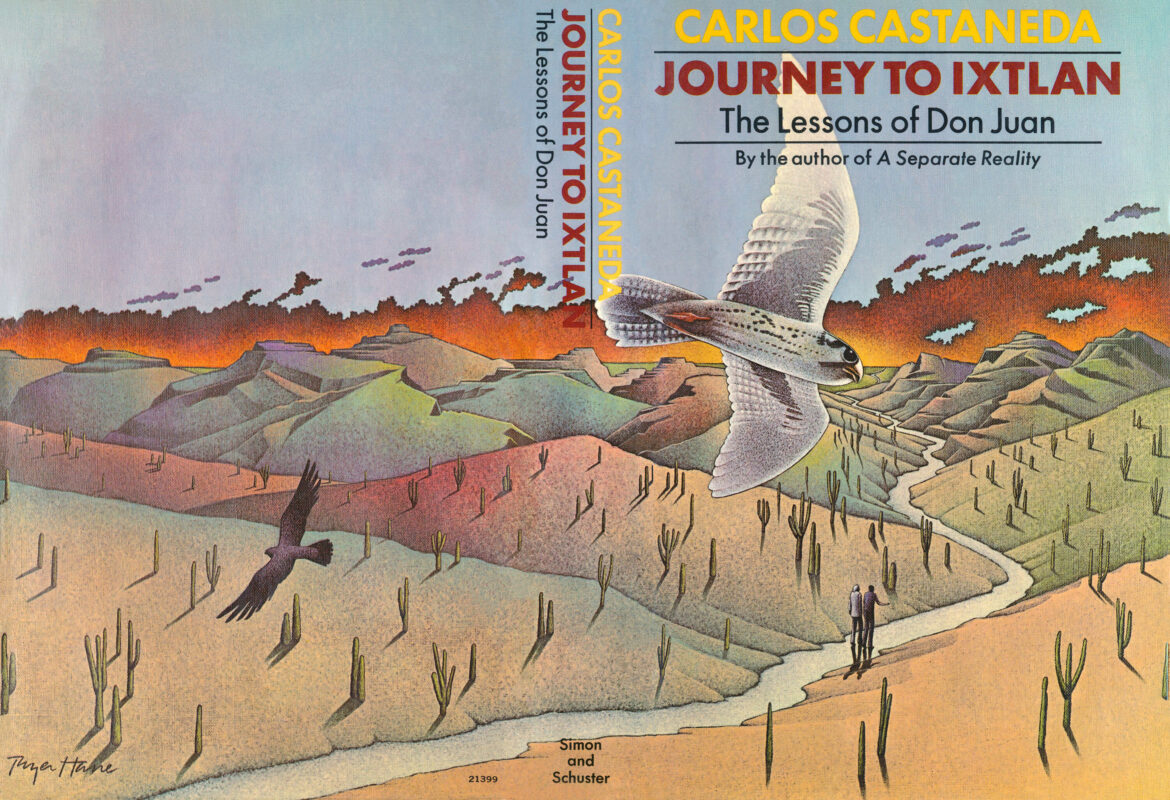The Tonal and the Nagual – The Wings of Perception
Carlos spends a day in the mountains with don Juan, receiving instructions on his path. Upon returning, he talks with Pablito, don Genaro’s apprentice, who reveals his own terrifying encounters with the nagual, including a bizarre incident with a “breathing” basket. Don Juan and don Genaro later join them, teasing Carlos about his note-taking and sharing a humorous story that subtly highlights the nature of reality. They then induce a state in Carlos where his perception is “split,” allowing him to directly experience the essence of objects and the ground, and later to perceive his own body as an alien form in a surreal landscape. Don Juan explains that these experiences are about “splitting” a man to access his totality and that Carlos’s encounters are a glimpse into the “wings of perception,” which he must learn to unfold without his rational mind interfering.
The Tonal and the Nagual – The Wings of Perception Read More »

